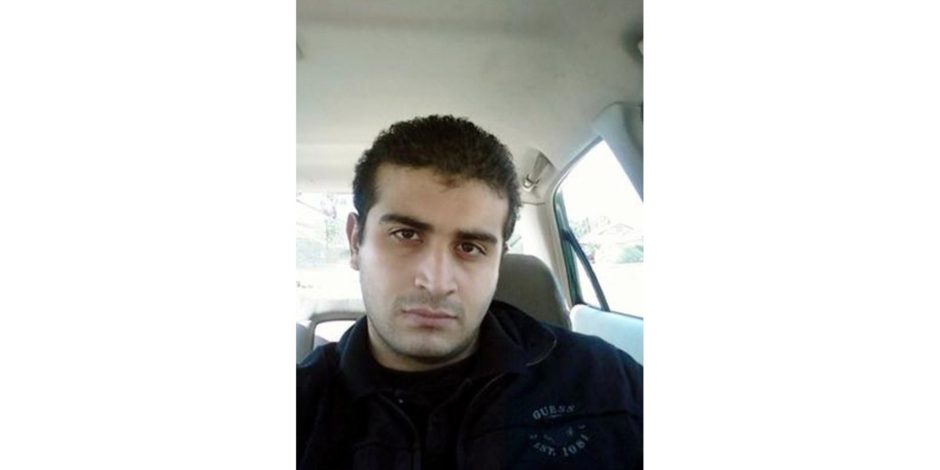Lone wolves, defined as self-radicalized Islamic radicals who have no formal connections to extremist Muslim organizations but who subscribe to radical Islam and lash out violently on behalf of groups like Islamic State, have become the face of jihad in the United States, writes Peter Bergen in his newest book, United States of Jihad (Crown Publishers).
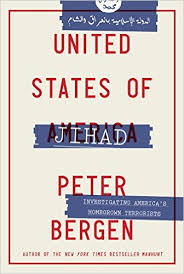
Such terrorists are far harder to detect than Al Qaeda or Islamic State operatives because they do not communicate with other militants and carry out their actions independently. Since the events of September 11, 2001, homegrown American jihadists have conceived and mounted 72 plots within the United States, some of which have been broken up.
Omar Mateen, the American of Afghan Muslim ancestry who murdered 49 people in a gay nightclub in Orlando, Florida, last week in the single worst mass shooting in American history, can now be added to that infamous list of jihadists.
Mateen, a homophobe and antisemite who pledged allegiance to Islamic State before his rampage, has set off a fierce debate in the United States as it heads into a presidential election in November pitting Republican Donald Trump against Democrat Hillary Clinton.
Trump reacted to the killings by calling for a ban on immigration from countries with “a history” of terrorism against the United States and its allies. He blamed the attack in Orlando, in part, on a system that “allowed (Mateen’s) family to come here.”
“We have to screen applicants to know whether they are affiliated with or supporting radical groups and beliefs,” he said in a speech in Manchester, New Hampshire, on June 13. “We have to control the amount of future immigration in this country, and we have to prevent large pockets of radicalization from forming inside America.”
Clinton, as well as President Barack Obama, sharply disagreed with his draconian prescription for containing terrorism.
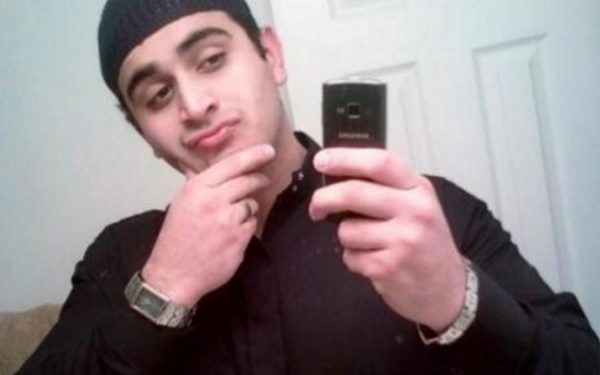
The Mateen case illustrates Bergen’s thesis that U.S. jihadists, though small in number, pose a threat to the American homeland. In his deeply-researched and lucidly-written book, he points out that four out of five of the 330 people in the United States who have been charged with jihadist terrorist crimes since 9/11 have either been American citizens or legal permanent residents.
“This finding flies in the face of conventional belief (largely attributable to the fact that the 9/11 attacks were carried out by nineteen foreign-born hijackers) that those involved in terrorist activity in the United States are foreigners,” he writes. “In fact, the overwhelming number of those engaged in jihadist crimes in the States have been Americans.”
Furthermore, he adds, more than 100 American citizens or residents have been charged with travelling abroad to join a terrorist group, and 39 have been arrested on U.S. soil while planning to do so.
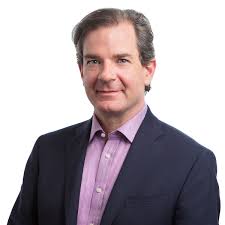
These figures pale into insignificance when compared to the five million or so Muslims currently living in the United States. But, as Bergen suggests, American jihadists are no small problem for law enforcement authorities. As he puts it, “Jihadists are a tiny minority of the American Muslim population. Yet Americans have played a key role in Al Qaeda ever since the group was founded.”
He cites a few examples.
Of the dozen men who attended Al Qaeda’s first meeting, convened by Osama bin Laden in Pakistan in 1988, one of them was Mohammed Laoy Bayazid, who grew up in Kansas City. Al Qaeda’s most important military trainer, Ali Mohamed, was a sergeant in the U.S. army. Wadi el-Hage, who attended college in Louisiana, was bin Laden’s personal secretary in the early 1990s.
The 330 militants that Bergen examines in United States of Jihad do not conform to the generalization that jihadists are mentally disturbed or career criminals. “They are, on average, as well educated and emotionally stable as the typical citizen,” he claims.
In his estimation, their embrace of radical Islam was prompted by a variety of reasons — a desire for recognition or belonging, a longing to be part of something bigger than themselves and, of course, a belief in Salafism, an ultra-fundamentalist creed found within Sunni Islam.
And refuting the Obama administration’s belief that the word “Islamic” should be separated from the word “terrorism, ” Bergen goes on to say, “Assertions that Islamist terrorism has nothing to do with Islam are as nonsensical as claims that the Crusaders had nothing to do with Christian beliefs…”
Bergen, the author of three previous works on terrorism, draws pen portraits of Americans who have been drawn into the jihadist camp.
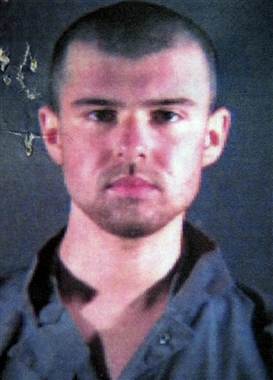
One of the first ones was John Walker Lindh, a Californian who converted to Islam at the age of 16, studied Arabic in Yemen, joined the Taliban in June 2001, and was captured following the U.S. invasion of Afghanistan.
Adam Gadahn, Lindh’s compatriot, helped Al Qaeda translate its training manuals into English. In 2006, the U.S. government charged him with treason.
In Bergen’s estimation, the most influential American jihadist was Anwar al-Awlaki, an imam who headed up Al Qaeda’s affiliate in Yemen. Born in New Mexico, the son of a professor from Yemen, he used the Internet to lure in recruits,
Until Mateen appeared on the scene in a murderous blaze of bullets, the deadliest lone wolf was Nidal Hassan, a U.S. army major of Palestinian descent who killed 13 fellow soldiers in Fort Hood, Texas.
Zachary Chesser, whose grandfather was a West Point graduate, converted to Islam at 18 after falling in love with a Muslim woman. His introduction to Islamic radicalism was provided by none other than Awlaki, who was killed by a U.S. drone strike in Yemen. Writing on Awlaki’s website, he blogged about destroying the West. Chesser aligned himself with the Al Qaeda-aligned Somali group Al-Shabaab.
Samir Khan, born in Saudi Arabia and raised in New York state, was one of Awlaki’s acolytes. He created Inshallahshaheed, one of the most popular jihadist websites, and launched Inspire, an English-language webzine affiliated with Al Qaeda.
The co-founder of the Revolution Muslim website, Joseph Cohen, was a self-hating Jew who attended an Orthodox yeshiva in New York City before converting to Islam. Of bin Laden, he said, “I love him more than I love myself.” Cohen advised Muslims to throw liquid drain cleaner into the faces of Jews.
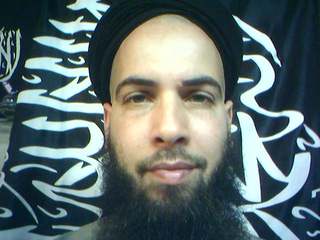
Apart from Cohen, one of the most bizarre jihadists was David Coleman Headley, the son of Serrill Headley, a Waspy socialite from Philadelphia, and Syed Saleem Gilani, a Pakistani TV broadcaster. An antisemite, Headley played an instrumental role in Lashkar-e-Taiba’s attacks in Mumbai, India, which claimed the lives of 166 people, including six Americans.
Bergen devotes a chapter to the Boston Marathon bombers, Tamerlan and Jahar Tsarnaev, whose mother, Zubeidat, probably had the greatest influence on their wayward sons. A Muslim fundamentalist, she convinced them that 9/11 was engineered by the United States to create mass hatred for Muslims. Filled with twisted ideas, Tamerlan recommended The Protocols of the Elders of Zion, that czarist antisemitic screed, to acquaintances.
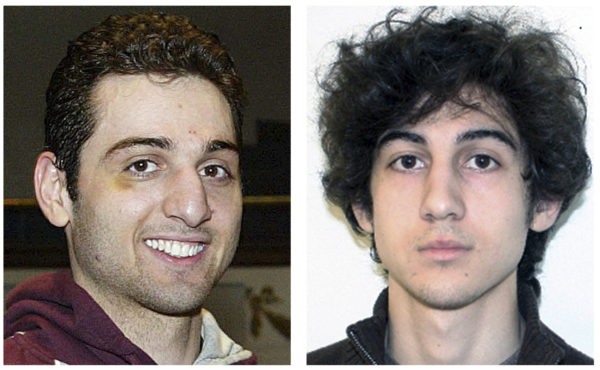
Bergen, in his examination of jihadist recruitment techniques, mentions Moner Mohammed Abusalha, a native of Vero Beach, Florida, who was the first American suicide attacker in the Syrian civil war. Like others before him, he was recruited on the promise that life as a “holy warrior” in Syria would be an incomparable experience.
Islamic State, in its English-language propaganda campaign, has portrayed the war in Syria as the opening salvo in the cosmic battle between Islam and the West. The pitch has been effective, having lured tens of thousands of recruits from more than 90 countries. The majority have been from Muslim-majority nations, but by 2015, some 4,500 Westerners had fought in Syria.
According to the Federal Bureau of Investigation, which has taken a lead role in monitoring the jihadist scene in the United States, 83 Americans from 21 states had joined or had tried to join Islamic State or Al Qaeda’s affiliate in Syria, the Al Nusra Front, as of last year.
Tips from the Muslim community have been pivotal in the arrest of jihadists in the United States, says Bergen,.
Bergen believes that the significance of American jihadists should not be blown out of proportion. Before Omar Mateen mowed down 49 party goers in Orlando earlier this month, right-wing racists and anti-government militants had killed more people in the United States than Islamic radicals. But the jihadists should be watched carefully.
